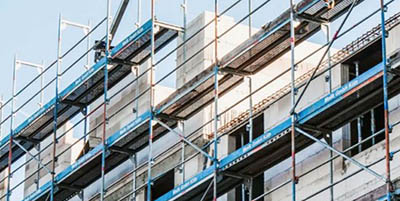
Slow Payments Cost Construction Industry $136B in 2021

Rabbet, Austin, Texas, released its annual 2021 Construction Payments Report, which found general contractors and subcontractors estimate that the cost of floating payments for wages and invoices represents $136 billion in excess cost to the industry, a 36 percent increase from the cost reported in 2020.
The report said those costs are passed on to real estate developers and financiers in the form of project delays and higher bids from contractors.
Other key findings:
–72 percent of subcontractors would offer a discount in exchange for payments within 30 days;
–67 percent of subcontractors report choosing not to bid on a project due to a general contractor or owner’s reputation of slow payments;
–35 percent of all general contractors report that work has been delayed or stopped due to a delay in payments to crew members in the last 12 months; and
–General contractors most frequently reported that the three highest impacts on their cash flows in 2021 were increased material cost (76 percent), longer material lead times (47 percent), and COVID restrictions (47 percent). When asked what would change if respondents could change one component of their payments process, many general contractors wrote in the need for automatic, instant or direct payments.
“Unforeseen uncertainty in the supply chain requires contractors, developers and lenders to take a collaborative approach toward addressing price and schedule risk in 2021,” said Will Mitchell, CEO of Rabbet. “The pandemic further illuminated existing process challenges and the need for transparency, automation, and centralization in construction payment processes has never been greater. It is imperative to our industry that all parties involved in the construction payments process choose to optimize their processes in order to reduce the staggering $136B cost to the industry.”
Rabbet distributes a survey each year to general contractors and subcontractors representing a diverse set of trades. This year’s report captures how 94 survey respondents across the U.S. managed working capital, bidding decisions, and project risks in the face of slow payments during the last 12 months. The data from 2021 was then compared to data collected in prior years.
